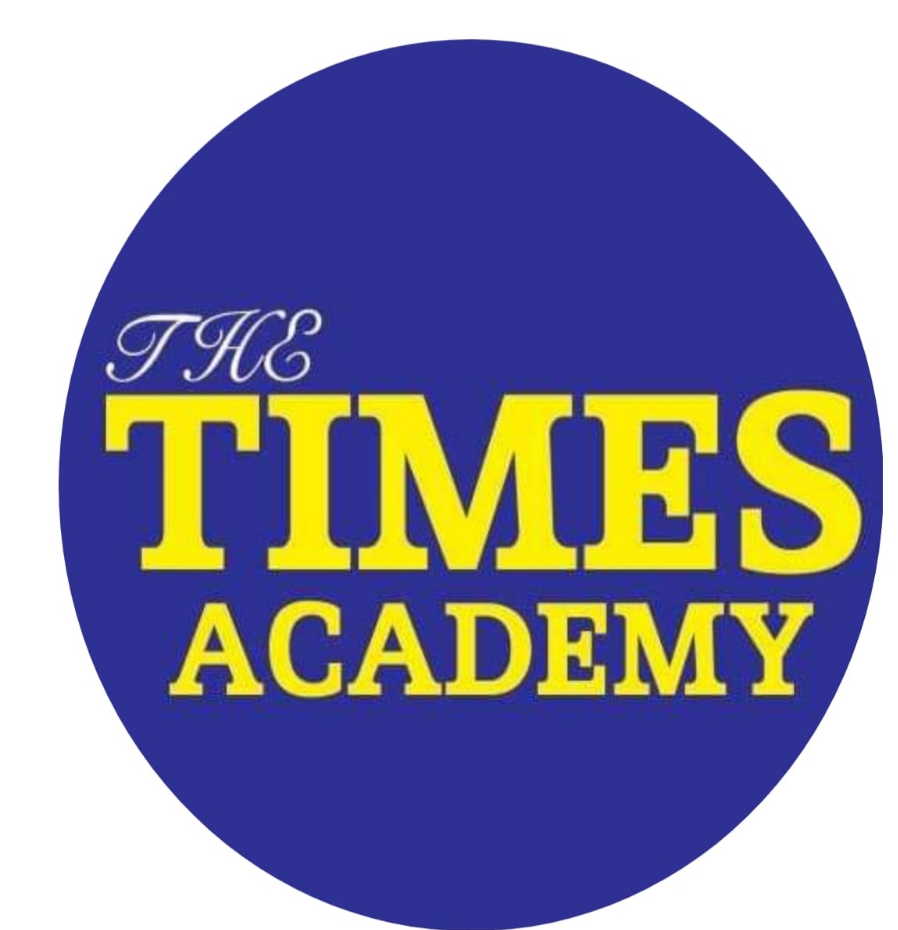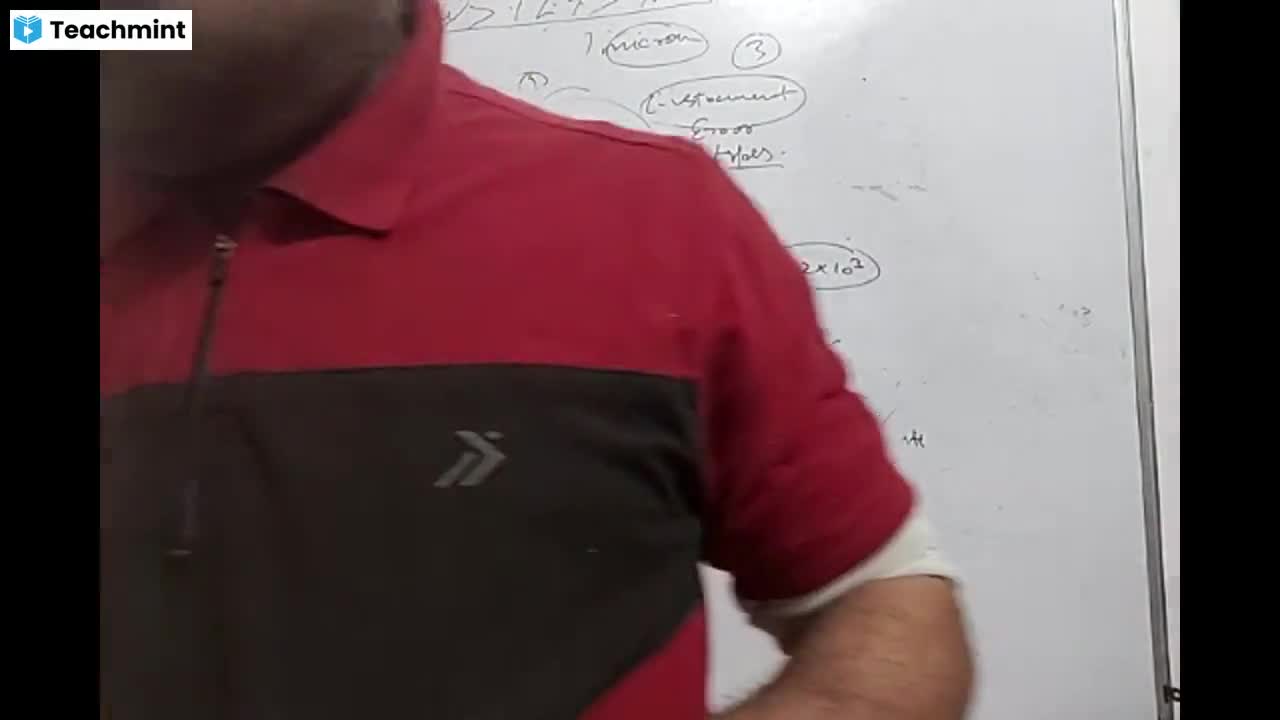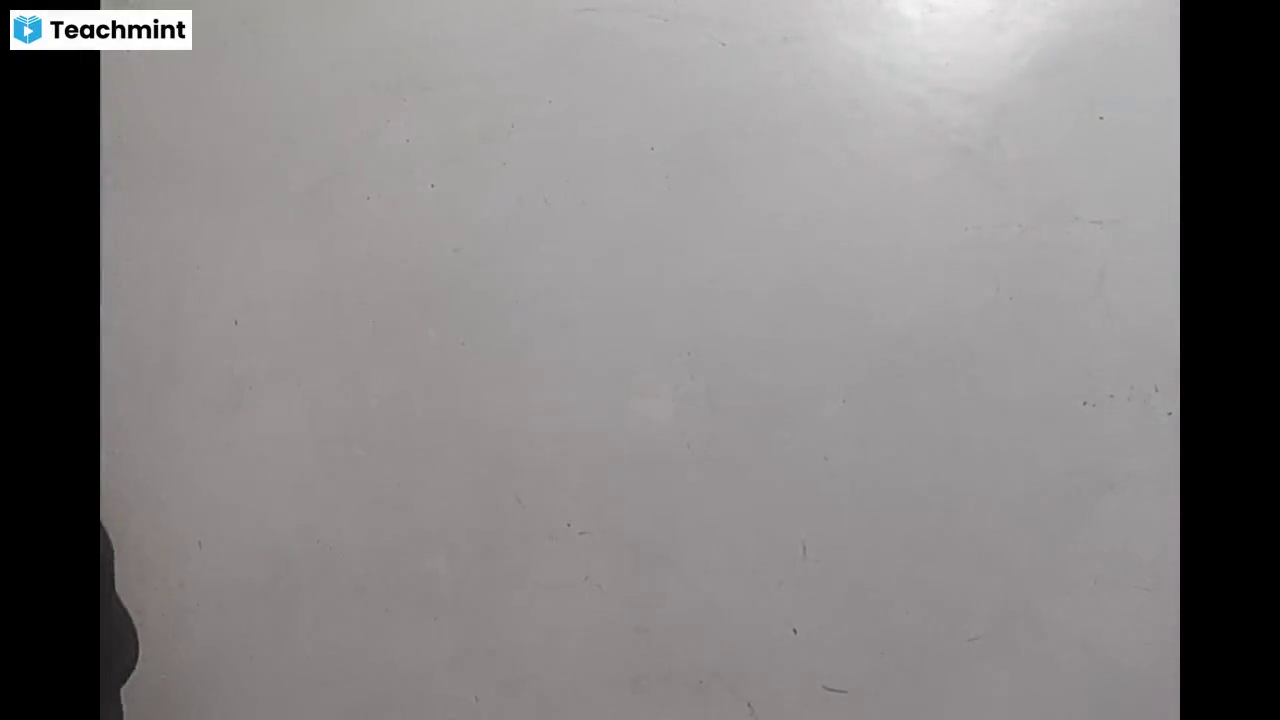Question 1 :
The distances of two planets (Neptune and Saturn) from the sun are $10^{13}m$ and $10^{12}m$ respectively. The ratio of time periods of the planets is:
Question 2 :
Assume that the earth moves around the sun in a circular orbit of radius R and there exists a planet which also moves around the sun in circular orbit with an angular speed twice as large as that of the earth. The radius of the orbit of the planet is
Question 3 :
According to Kepler, the period of revolution of a planet ($T$) and its mean distance from the sun ($r$) are related by the equation<br>
Question 4 :
A satellite of mass $m$ moves along an elliptical path around the earth. The areal velocity of the satellite is proportional to<br/>
Question 5 :
Imagine a light planet revolving around a very massive star in a circular orbit of radius R with a speed of revolution T. If the gravitational force of attraction between the planet and the star is proportional to $R^{-5/2}$, then.
Question 6 :
A body is revolved around the sun 27 times faster than the earth. The ratio of their radii will be
Question 7 :
For moon its mass is $\frac { 1 }{ 81 } $ of earth's mass and its diameter is $\frac { 1 }{ 3.7 } $ of earth's diameter. If acceleration due to gravity of earth surface is $9.8m/{ s }^{ 2 }$, then at moon its value is
Question 8 :
The areal velocity and the angular momentum of the planet are related by which of the following relations?<br/>(where ${m}_{p}$ is the mass of the planet)
Question 9 :
The length of the day from today when the sun is directly overhead till tomorrow again when the sun is directly overhead can be determined by the
Question 11 :
The ratio of mean distances of three planets from the sun are 0.5,1, 1.5, then the square of time periods are in the ratio of:
Question 12 :
If a new planet is discovered rotating around sum with the orbital radius double that of the earth, then wha's)?t will be its time period (in earth's day
Question 14 :
For a planet revolving around sun, if $a$ and $b$ are the respective semi-major and semi-minor axes, then the square of its time period is proportional to<br>
Question 15 :
The earth revolves round the sun in one year. If the distance between them become doubles, then the new period of the revolution will be :
Question 16 :
For a planet revolving around the sun, when it is nearest to the sun (K.E. - kinetic energy, P.E. - Potential energy)<br/>
Question 17 :
A planet is revolving in an elliptical orbit around the Sun. Its closest distance from the Sun is $r_{min}$ and the farthest distance is $r_{max}$. If the velocity of the planet at the distance of the closest approach is $v_1$ and that at the farthest distance from the Sun is $v_2$, then $v_1/v_2$.
Question 18 :
The radius of the orbit of a geosynchronous satellite is $36000$ $km$. Then, find the period of revolution of a satellite with its orbital radius $9000$ $km$.
Question 19 :
A planet revolves in an elliptical orbit around the sun. The semi-major and semi-minor axes are $a$ and $b$. Then the square of time periods, $T$ is directly proportional to
Question 20 :
According to Keplers law the time period of a satellite varies with its radius as
Question 21 :
If the angular momentum of a planet of mass m, moving around the Sun in a circular orbit is L, about the center of the Sun, its areal velocity is :
Question 22 :
Two satellites are orbiting around the earth in circular orbits of the same radius. One of them is 100 times greater in mass than the other. Their period of revolution are in the ratio.
Question 23 :
A satellite which is geostationary in a particular orbit is taken to another orbit. Its distance from the centre of the earth in new orbit is $2$ times than that of the earlier orbit. Find out the time period in the second orbit.
Question 24 :
The duration of the day form the moment the sun is overhead today to the moment the sun will be overhead tomorrow is determined by
Question 25 :
The mean distance of mars from sun is $1.5$ times that of earth from sun. What is approximately the number of years required by mars to make one revolution about sun?



















































